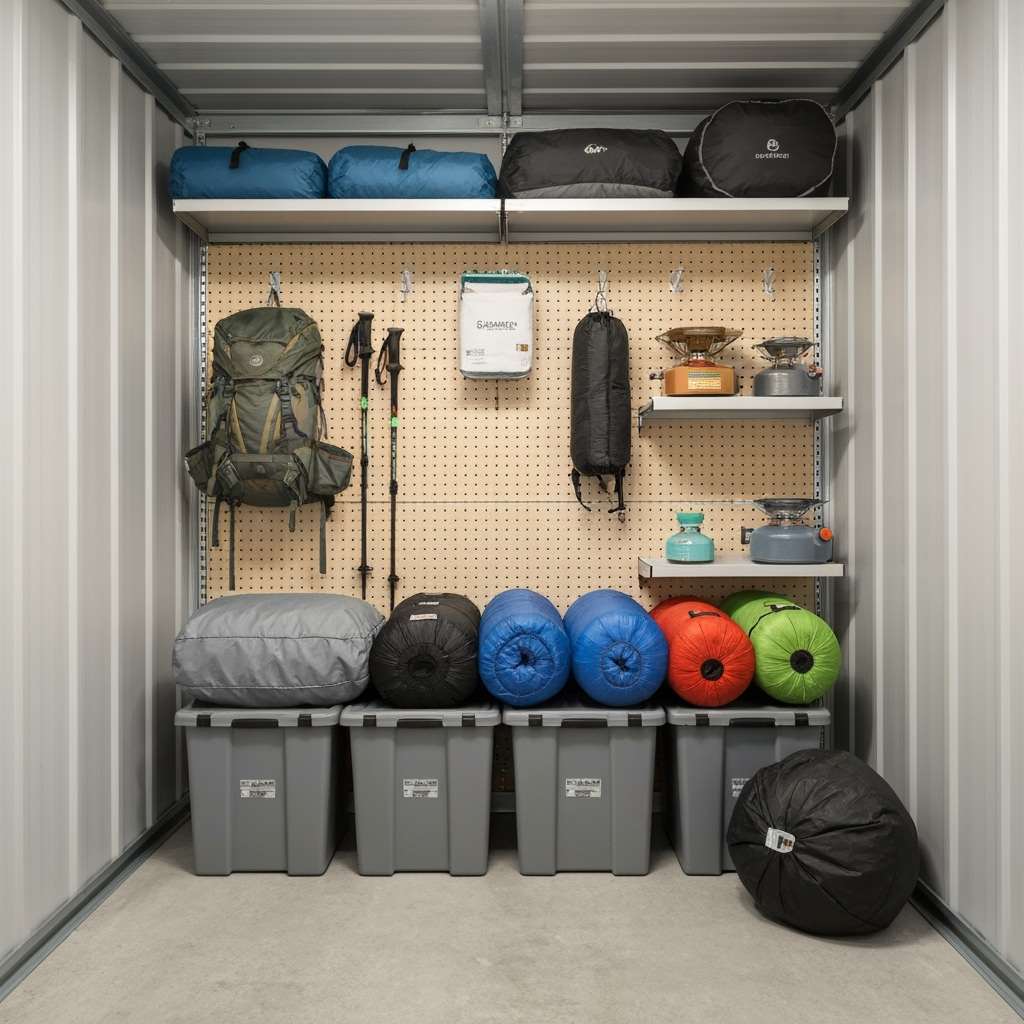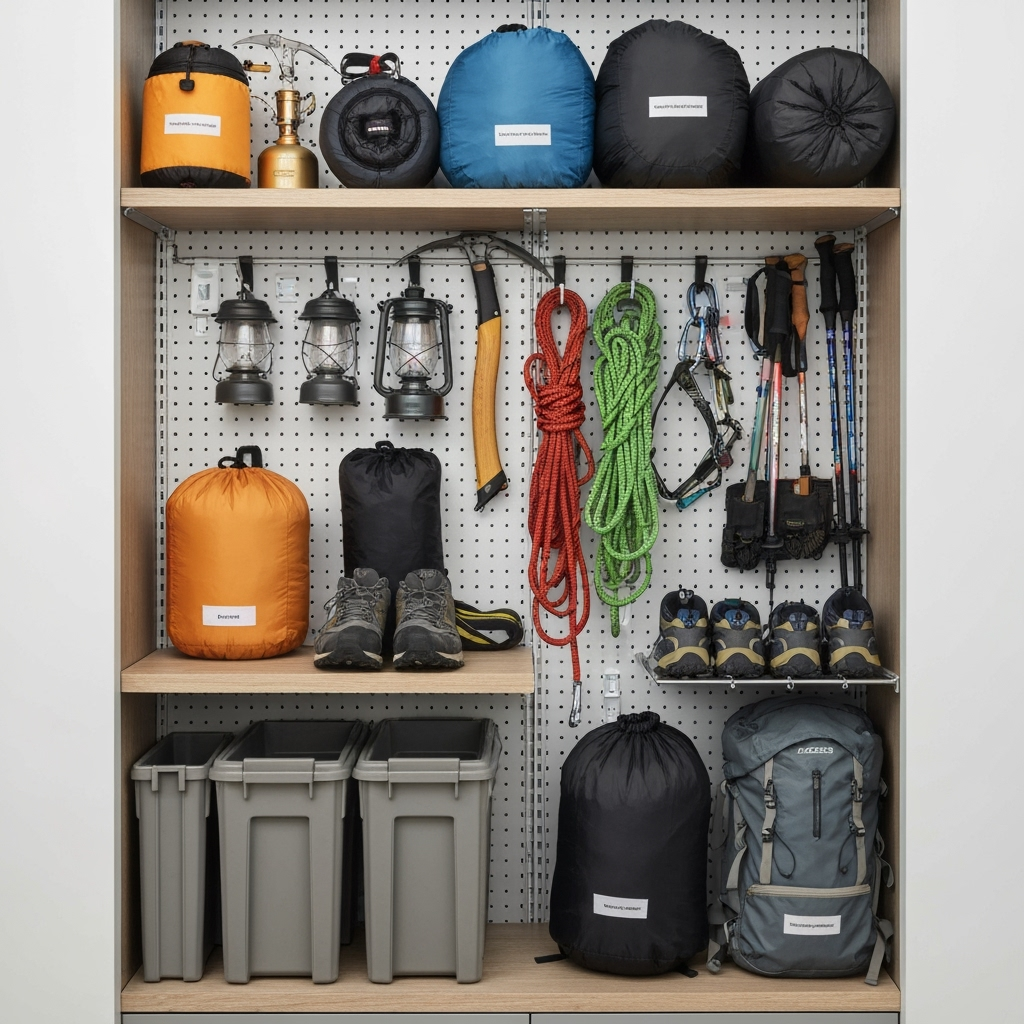Ultimate Guide to Outdoor Equipment Storage: Protecting Your Adventure Gear Year-Round

For outdoor enthusiasts, proper storage of adventure gear is crucial for maintaining equipment longevity and performance. Whether you’re storing camping equipment, hiking gear, or seasonal sports equipment, knowing how to protect your investment during off-season periods can save you money and ensure your gear is ready for your next adventure.
Why Climate-Controlled Storage Matters for Outdoor Equipment
Outdoor gear often represents a significant investment and contains sensitive materials that can be damaged by extreme temperatures, humidity, and environmental factors. Climate-controlled storage offers several key benefits:
- Prevents mold and mildew growth on tents, sleeping bags, and fabric gear
- Protects technical equipment from temperature-related damage
- Maintains the integrity of waterproof coatings and specialized materials
- Prevents rubber and plastic components from degrading
- Keeps metal parts from rusting or corroding
Best Practices for Different Types of Gear

Camping Equipment
– Clean and thoroughly dry all gear before storage
– Store tents loosely packed in breathable bags
– Use silica gel packets in storage containers
– Keep sleeping bags uncompressed in large storage sacks
– Store stoves and fuel containers separately and safely
Hiking and Climbing Gear
– Inspect ropes and harnesses for damage before storage
– Store boots with cedar shoe trees to maintain shape
– Keep technical gear in sealed containers away from moisture
– Use proper hangers for backpacks to maintain shape
– Organize small items in labeled, clear containers
Sports Equipment
– Clean and dry all equipment thoroughly
– Store items off the ground on shelving units
– Use appropriate covers for larger items
– Keep pieces separated to prevent damage
– Label seasonal items for easy rotation
Creating an Organized Storage System
An effective storage system helps protect your gear and makes it easy to access when needed:
- Use clear, stackable bins for smaller items
- Label everything clearly with contents and dates
- Create an inventory system for tracking gear
- Implement seasonal rotation schedules
- Keep frequently used items easily accessible
Maintenance Tips During Storage
Regular maintenance checks help prevent issues and extend gear life:
- Schedule quarterly inspections of stored equipment
- Check for signs of moisture or pest problems
- Rotate gear positions to prevent pressure points
- Update your inventory list as needed
- Clean storage areas regularly
When to Choose Professional Storage
Consider using a climate-controlled storage unit when:
- You have limited home storage space
- Your gear collection is valuable or extensive
- You need to store equipment long-term
- Local climate conditions are extreme
- You want extra security for expensive items
Preparing for the Next Season
Before returning gear to service:
- Inspect all equipment thoroughly
- Test electronic components
- Check for any maintenance needs
- Replace or repair damaged items
- Update your gear inventory
Storage Unit Features to Look For
When choosing a storage facility, prioritize:
- Consistent temperature and humidity control
- Good ventilation systems
- Enhanced security features
- Easy access during operating hours
- Clean, well-maintained facilities
Conclusion
Proper storage of outdoor equipment is an investment in your gear’s longevity and performance. By using climate-controlled storage and following these best practices, you can protect your adventure gear and ensure it’s ready for countless future expeditions. Consider visiting your local Public Storage facility to explore climate-controlled options that match your equipment storage needs.










Leave a Reply